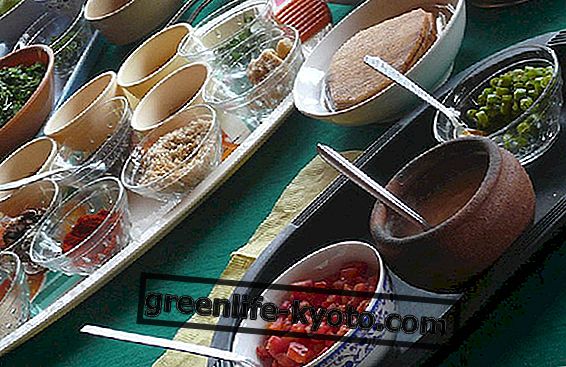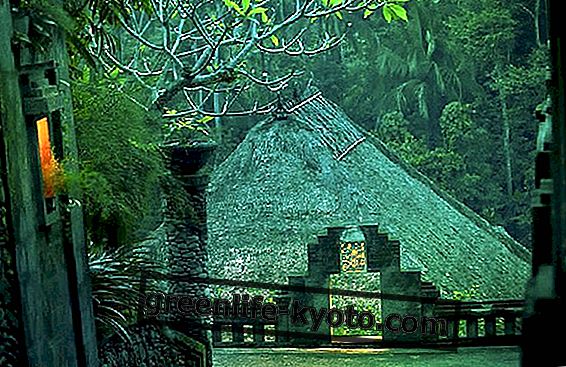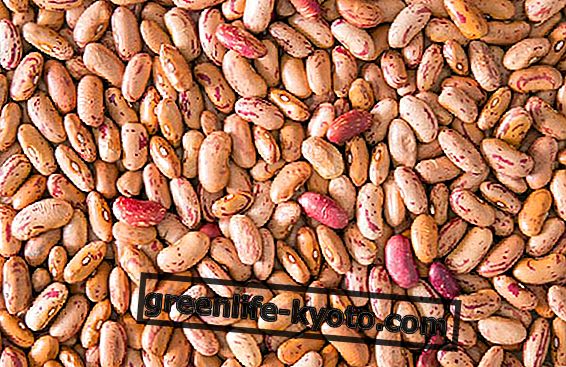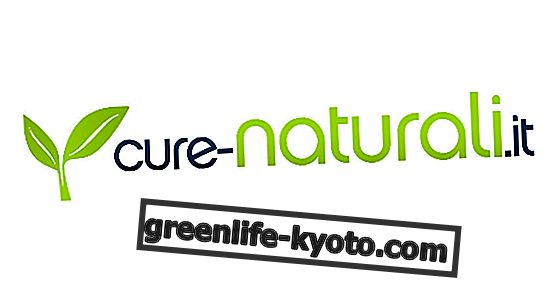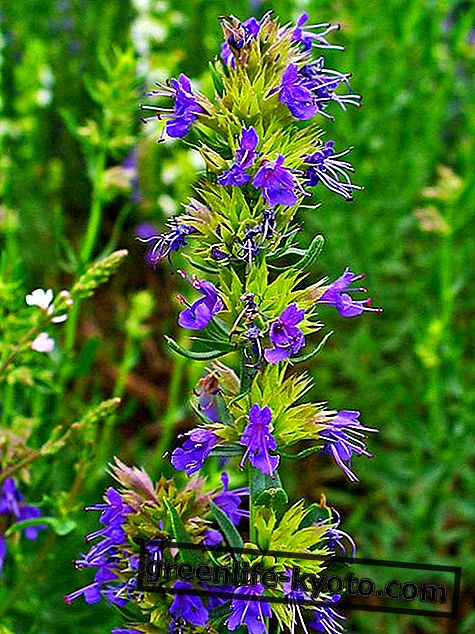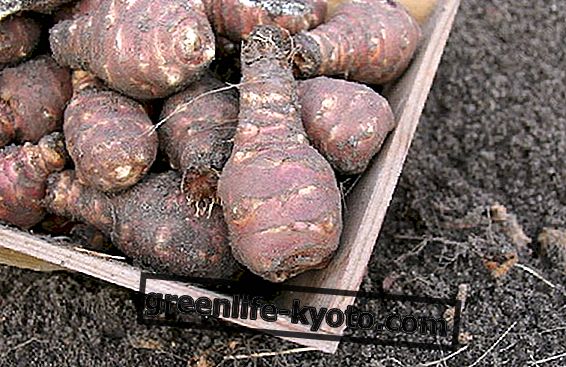
The Jerusalem artichoke is a very resistant tuber that is cultivated with extreme ease even by those who are less experienced in agriculture.
Its name is Halianthus tuberosus although it is popularly known as the Jerusalem artichoke or German turnip .
Its origin is American and has been imported to Europe where it has acclimatized very well becoming, at least in Italy, a spontaneous plant considered by some pest.
Growing Jerusalem artichokes: position, soil and irrigation
The Jerusalem artichoke has no particular cultivation requirements and as we have said it is a vegetable that is easy to grow both in the garden and in the pot .
He loves the sunny areas even if he bears a little with the half-shaded areas. However, its ideal location is close to water, so much so that it grows spontaneously along the canals and rivers in Italy. For this reason abundant and regular watering will be necessary during its cultivation, interrupted only when the plant begins to dry: it is the time of harvesting the tuber and too much water is likely to soften or rot the root.
The soil does not require particular soils even if the presence of more humus increases its size and allows the plant to flourish more.
Jerusalem artichoke cultivation: when and how to plant it
The cultivation of Jerusalem artichoke is very easy: once planted it will be easy to forget it until it is harvested because it grows freely and spontaneously without any particular cultivation techniques.
The Jerusalem artichoke is planted at the end of winter from February onwards and the bulbs are buried with the apex turned upwards because from there the sprout will grow. The holes must be at least 15 centimeters deep and at least one meter apart from the others .
The Jerusalem artichoke grows so freely that it is considered a little infesting so it is advisable to cultivate it along the edges of flower beds or vegetable gardens in order not to invade too much space. A net is excellent as support for long flower stems that can grow up to 2 meters in height.
Only tuber is used in the Jerusalem artichoke, but it is aesthetically appreciated for the beauty of its flowering: its inflorescences resemble large daisies that can adorn the vegetable garden and the flowerbeds of an intense yellow during autumn flowering.
Here's how to store seeds and bulbs
The collection of Jerusalem artichokes
The harvest takes place towards the end of summer when the plant begins to dry, until late winter.
The technique to extract the Jerusalem artichoke from the subsoil is simple and can be performed in a similar way to the extraction of potatoes, with the fork or spade, being careful not to cut the tubers.
It is advised not to remove all the tubers so as to leave some specimens well spaced for the following vintage and the continuation in the harvest.
The tuber usually has a good size and in one square meter the Jerusalem artichoke plants produce 6 kg of tubers ; in agriculture for industrial purposes they can reach 9 kg per square meter depending on the variety of cultivation.
Harvesting can also be done in a scaled manner, depending on the need for use: for example 5 or 6 plants per week will allow you to eat freshly harvested Jerusalem artichokes for a longer period.
It can also be preserved like potatoes, so it is protected from light and heat to prevent it from sprouting again, or even as it used to do in small boxes of sand in a cool, airy place. Storage in the refrigerator instead lasts about 4 or 5 days after collection.
The Jerusalem artichoke in the kitchen and for wellness
The taste of the Jerusalem artichoke is similar to that of the artichoke and is very ductile in the kitchen for the preparation of many recipes in the oven, in a pan, steamed or even fried type chips.
The tuber is cleaned by washing it under running water and removing the covering with a knife; from this moment it is ready to be cooked or eaten raw in its natural state, even simply with a drizzle of olive oil and some pepper or aromatic herbs.
The Jerusalem artichoke contains different nutrients and some healthy active ingredients: in fact it is known because despite being a tuber rich in starch it does not contain glucose but inulin and this allows its consumption even to diabetics .
It is also considered a probiotic and has immunostimulating properties; its nutritional composition sees the presence of vitamins A, B and H which can be helpful in cases of drowsiness, muscle pain and general fatigue .
Other uses of Jerusalem artichoke
Apart from the use in the kitchen and the cultivation for aesthetic purposes for autumn flowering, Jerusalem artichoke can also be grown as a forage plant for animals from breeding .
It is also used for the production of glucose-free sweeteners and in the pharmaceutical industry for diabetic products . Finally the whole plant can also be used as biomass for the production of bioethanol and therefore of bio-renewable energy .
